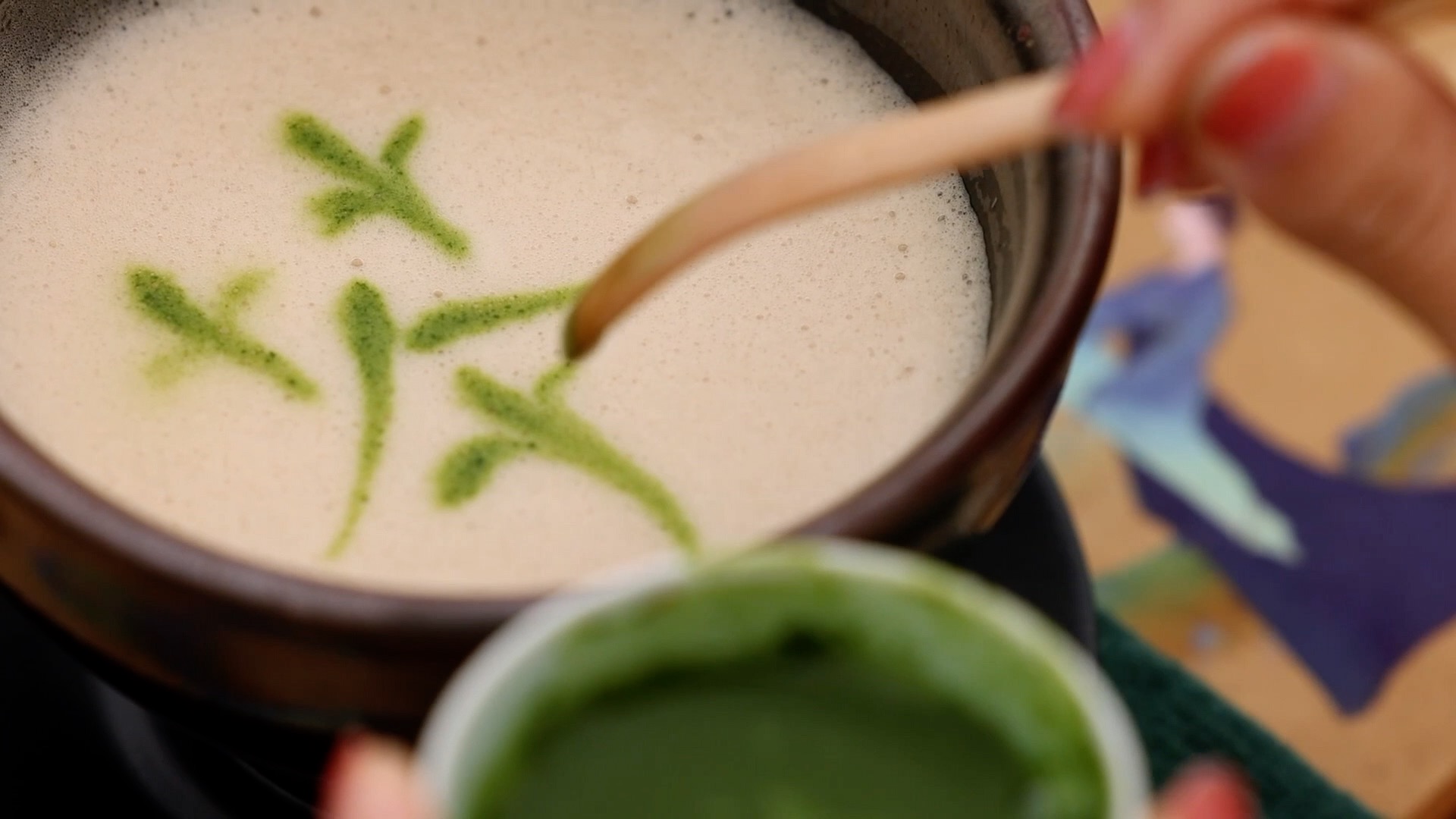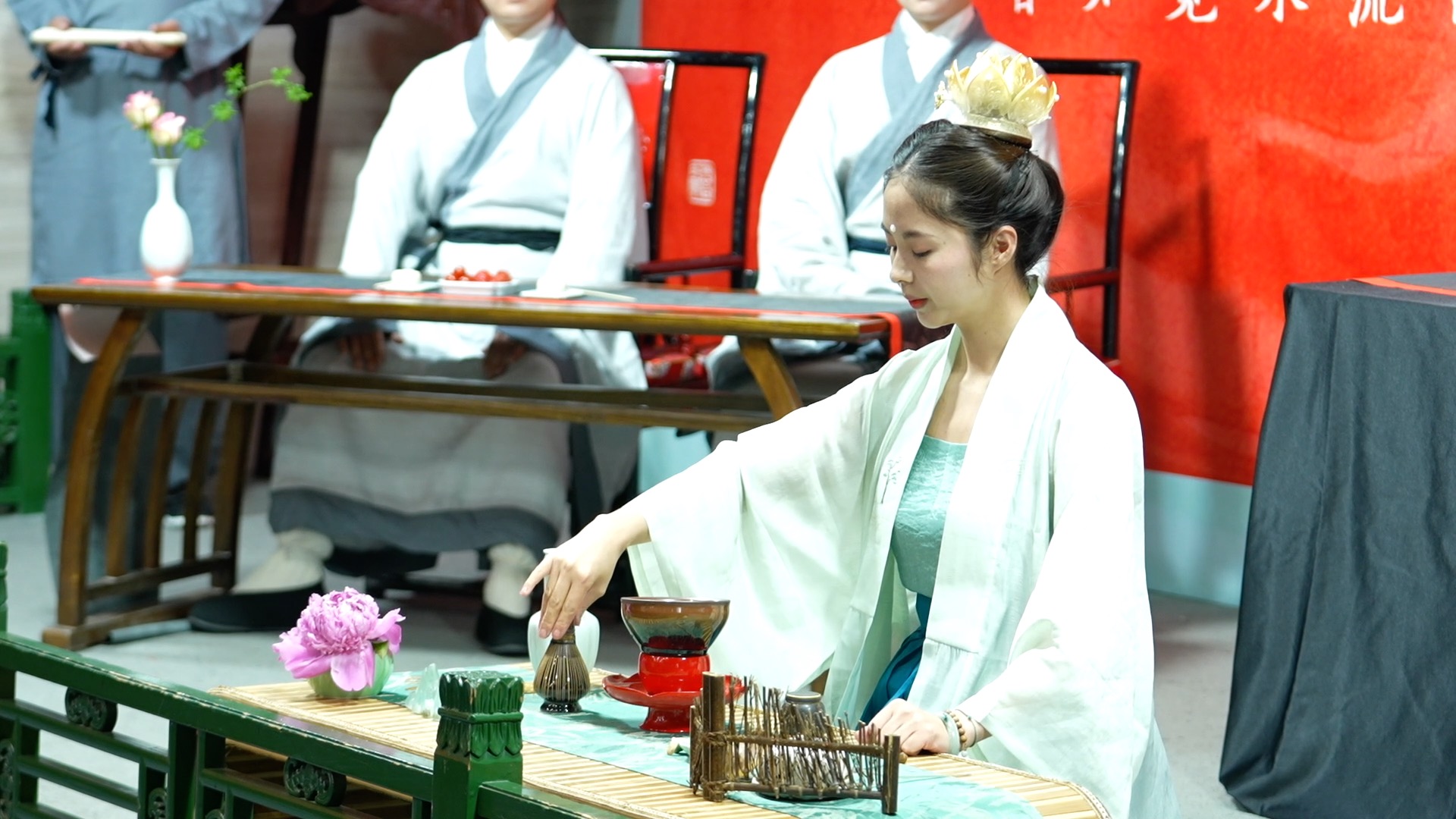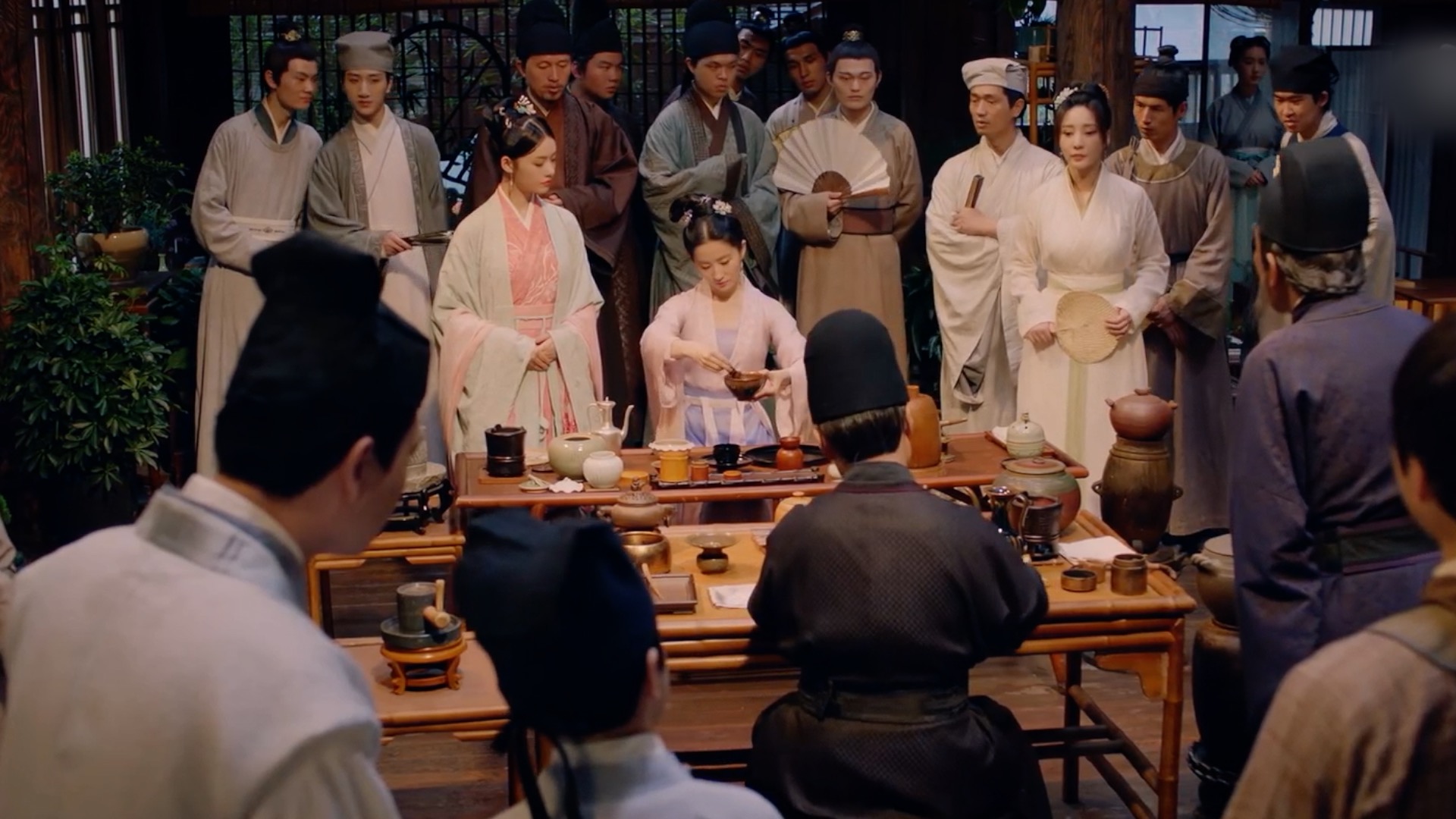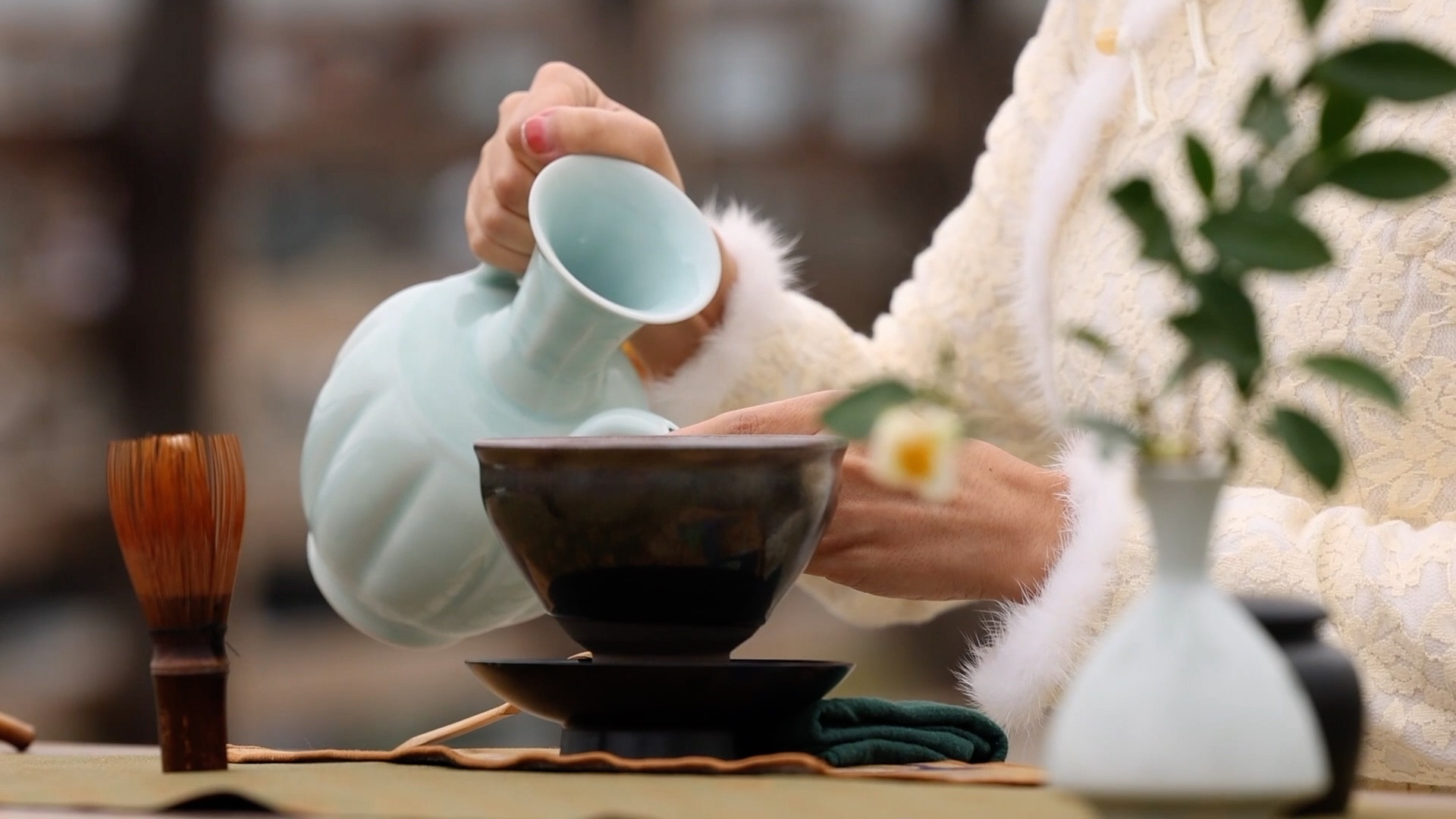Throughout the dynasties, tea ceremonies have had a deep influence on Chinese tradition.
China's tea-making traditions were inscribed on UNESCO's intangible cultural heritage list in 2022. The item contains 44 Chinese tea-related traditions, with the Jingshan tea ceremony from east China's Zhejiang Province being listed among them. CGTN's reporter Shen Li found out how this tea ceremony is just as diverse as Western coffee culture.
04:44

Here at Beijing's Lao She Tea House, a special tea-making session is being held to revive the art of the Jingshan tea ceremony, one of the most visually appealing and creative tea rituals.
The ceremony, which originated at the Jingshan Temple in Hangzhou City, consists of a series of performances, procedures and rituals for using tea leaves and vessels.
It also features elements such as drumming to usher in guests, burning incense to worship Buddha, as well as meditation rituals.
Every procedure integrates tea with rituals, and tea-making skills with Zen – a school of Buddhism that originated in China during the Tang Dynasty (618-907).
Jingshan tea heritage has been celebrated over the centuries and is still cherished today. Younger generations are now injecting new blood into this ancient tradition.
Zhou Ying is a second-generation tea maker from Jingshan, and her father, Zhou Guangming, is a provincial-level inheritor of Jingshan tea. After graduating from college, she returned to her hometown and took over the role to promote and sell Jingshan tea.
She's delighted about the inclusion of the Jingshan tea ceremony on UNESCO's intangible cultural heritage list, and said that it really helped to introduce this 1,200-year-old ritual to a wider audience. The ancient ceremony, which originated in Tang Dynasty, reached its peak during the Song Dynasty (960-1279). "Through the ten procedures of the Jingshan tea ceremony, people can experience how literati and scholars enjoyed tea in the Song Dynasty," she told CGTN.

Zhou Ying performs rituals of the Jingshan tea ceremony in Beijing's Lao She Tea House. /CGTN
Zhou Ying performs rituals of the Jingshan tea ceremony in Beijing's Lao She Tea House. /CGTN
Unlike the tea we drink today, the tea from the Song Dynasty was a finely ground powder made from processed green tea leaves.
The powdered tea was brewed with a small amount of boiling water and then whipped with a small whisk into a paste. Then, more boiling water was added to dilute the paste.
This process, called dian cha, really brings out the essence of the tea powder.
There are many intriguing aspects of Chinese tea culture like dian cha.
Last year, the smash hit TV series "A Dream of Splendor," about a heroine running a tea house, helped introduce the many traditions surrounding tea to a more mainstream audience.

"A Dream of Splendor" helps to introduce Chinese tea rituals to a wider audience. /CGTN
"A Dream of Splendor" helps to introduce Chinese tea rituals to a wider audience. /CGTN
Shi Hongxin, executive deputy director of the Jingshan Tea Development Office in Yuhang District, Hangzhou, said the protagonist's portrayal of dian cha in the series has helped transform it from a relatively obscure technique into something interesting and fun – similar to Western latte art.
Jingshan tea has also been influencing tea culture in other parts of Asia for a long time.
It is believed that Japan's matcha has its origins from the powdered tea of Jingshan. It has also been an important gathering place for Zen tea culture, witnessing cultural exchanges between ancient China and Asia.
"Jingshan plays an important role in international cultural exchanges related to tea. It is not only the birthplace of Japan's tea ceremony but also the place where Lu Yu wrote "The Classic of Tea," tea maker Zhou Ying told CGTN.

The Jingshan tea ceremony is among the forms of tea heritage included in UNESCO's intangible cultural heritage list. /CGTN
The Jingshan tea ceremony is among the forms of tea heritage included in UNESCO's intangible cultural heritage list. /CGTN
"The Classic of Tea" is widely regarded as the original tea encyclopedia. Written by Lu Yu during the Tang Dynasty, it is the first monograph to offer a comprehensive introduction to tea in both China and the rest of the world.
For those interested to learn more about the book and its author, China Media Group's show "China in the Classics" offers a more in-depth look.
From leaves brewed into a delicious drink: Chinese tea has come a long way and will continue to flourish.